The Boehm system is universal in woodwind instruments, however, there is something with the arrangement of the keys that makes certain scales harder than others. For example, an alto saxophone is easiest on Eb, Bb; easier on C, F; however there will be connection that's very non-intuitive linked notes for other scales.
I haven't played Oboe/Clarinet, but talking with people who plays many wood-wind instrument, they pretty much all follows the Boehm system.
This is the Saxophone keys:
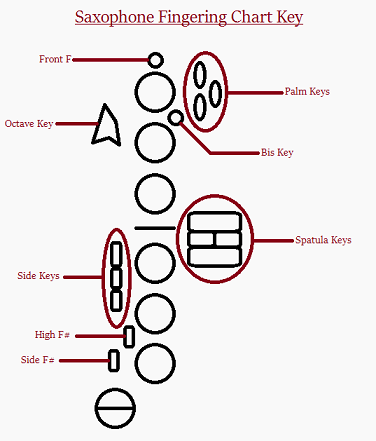
Flute key chart
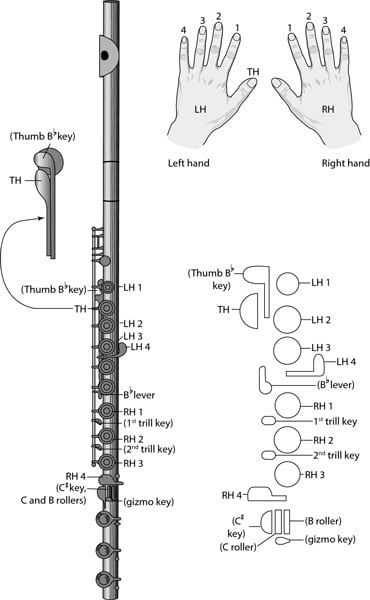
There already exist this clever design of eg the flute Thumb key (B/Bb) depending on which half circle you press on. The Bb key mechanically press the B to close both hole, but B key only close higher hole. So you have a half note shift for different scale depending on where you finger is sitting, instead of relying on simutaniously press of another key usually using Pinky finger, or an awkward same hand finger switch (which is bad for linked note -which means no tonguing to seperate two notes) like the index finger/middle finger switch on both hand. This is same for saxophone, in saxophone there is also the lefthand index finger key, if you move the finger resting position from the main circle to small circle, the resting position will lower the same fingering closed position half note, accomodating the corespondent scale change.
Current EWI keys
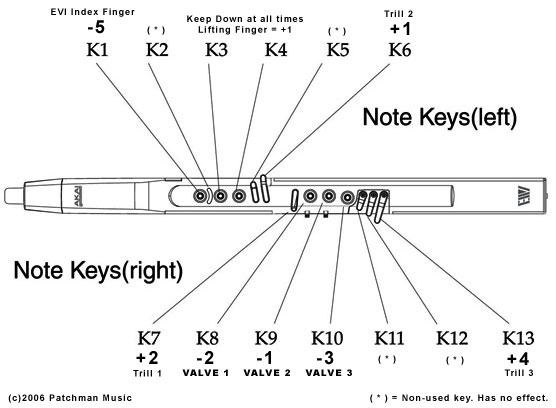
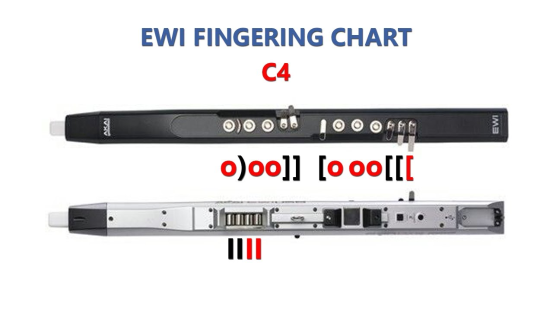
The thumb key have changed to have more octaves when you touch on different positions, which makes it the widest range in all wind iinstrument. However, the keys even in "Easy mode transpose", they did it in software setting which makes it hard to do it on the fly.
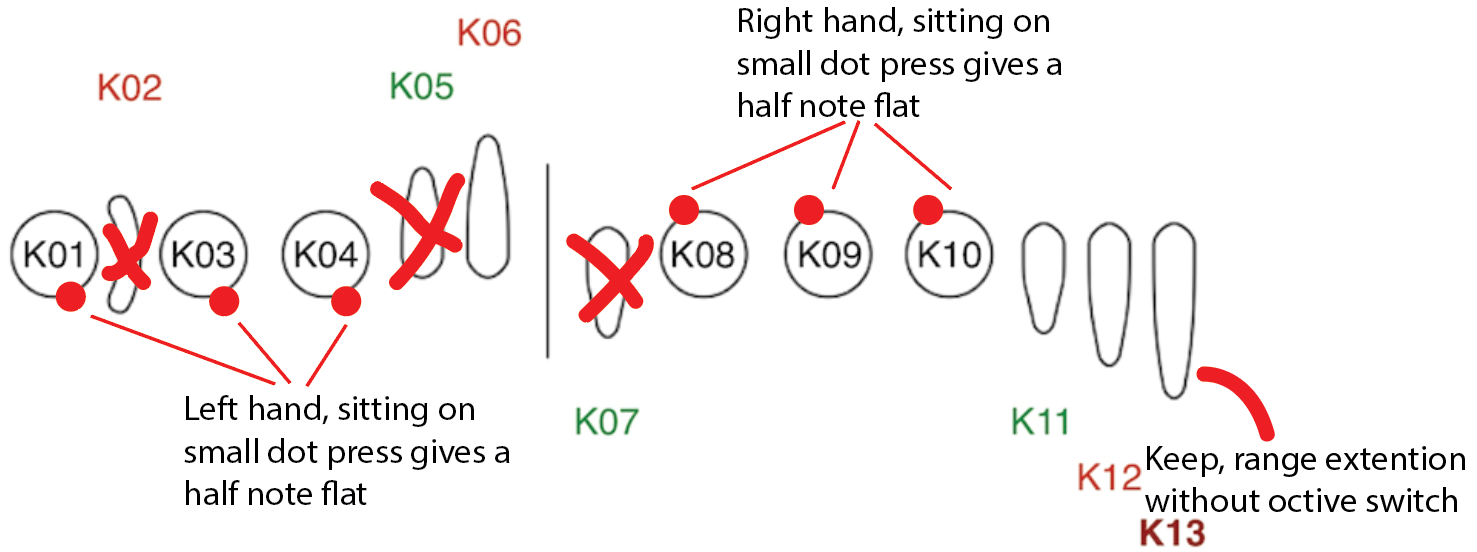
Explaination:
- Removed confusing element like K02
- Removed K05, K07, and made K06 a single function key, an on-the-fly sharp # (where the piece didn't transpose, but want an out of scale note)
- Kept K11,K12,K13 to lower range extender without need to switch octave
- Added an auxilary position onto every main key, depending on where the finger sits, it will press both mainkey/auxkey or only the main key, which result in a half note difference. So depending on the scale, fingers can sit at different position to avoid the need of constant assist of awkward position keys.
- The K09 K08 natural half-note can be kept to accomodate the traditional habit, same for K08's lowering K01 half note (But not necessarily good to keep)
Without testing, the first problem I will foresee is that it made it actually harder for absolute beginners. There will not be a very clear fingering chart for every note, each note will probably have 3~4 fingerings.
Second problem is that the habit learned using this system can not be transferred back to traditional instrument.
However the obvious pro is that if there's transpose, the fingering can just do a small shift and use all natural fingering in scale. My speculation is it will be quite easier for intermediate to play different scales. (So it fits neither beginner nor master)
It's an attempt similar to the janko keyboard, which never beat the tradition.
How to test for now
- Can use some mechanism to touch the touch screen
- However, most current system can only have 10 touch points, will need to be clever all those auxilary keys how they trigger the touch points (As they will mechanically also press the main key).
- The pro of this method is that the microphone of the phone can be used to capture the blowing
- Also can have a separate arduino to have a lot of keys to feed signals from USB port (Probably a better way to start